The Eco-Sun HVAC Systems -- How It Works"Tomorrow’s technology available today"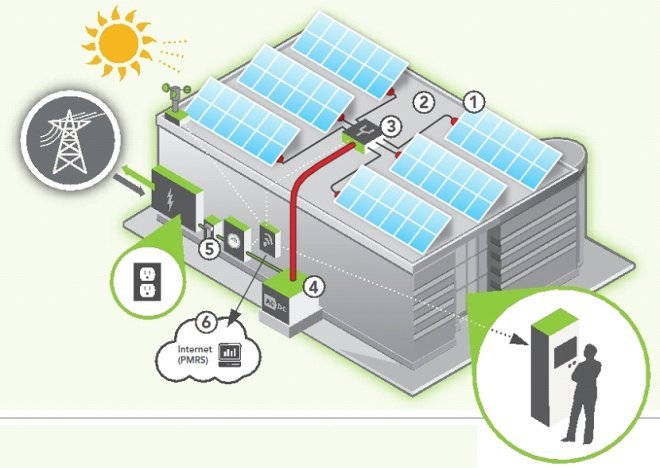
The Solar Power System includes several components working together to convert the sun's energy into electrical power that is connected to the Eco-Sun HVAC System and the building's standard electrical power system. 1 Photovoltaic(PV) Cells are the engine of a solar power system. PV cells convert the sun’s energy into electricity. A PV cell is most often made of a thin wafer of silicon with special electrical properties. When sunlight hits a PV cell, it produces an electric current. PV cells are connected together into a solar module which has a non-reflective glass front, a protective insulating back, an aluminum frame for strength and mounting and cables for connecting it to other PV modules. 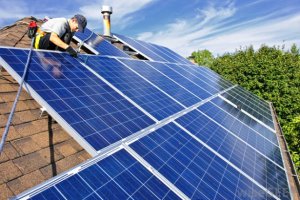
2 Solar Panels are groups of solar modules connected electrically to generate direct current (DC) electricity at the desired voltage and current. Panels are installed on rooftops or open areas, such as parking lots or fields that have full sun exposure. (Solar panels can collect solar energy on cloudy days.) A larger grouping of solar panels constitutes a “solar array.” Large non-residential solar facilities often contain multiple arrays, sometimes located on separate buildings at a given site. The DC Current generated by the solar power system will power the Eco-SunHVAC for up to 12 hours a day in some climates. 3 The Solar Power Combiner connects multiple wires carrying the electrical current generated by individual solar panels into a single, larger capacity wire, which then connects to the Eco-Sun Solar Powered HVAC system 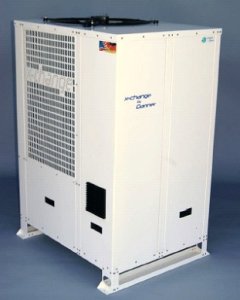
4 The Eco-Sun Solar Powered Ultra-Efficient Hybrid HVAC System is powered by the DC current produced by the solar power system. The solar powered Eco-SunHeat Pump system is designed to use the least amount of energy at all times. We use variable speed compressors, fans and pumps to capture the exponential savings that come from running HVAC equipment at partial capacity and speed. (see Figure 1). Additionally, our proprietary power control system, digital valves, and advanced heat exchangers optimize all the electrical power used by the HVAC system. When a conventional HVAC system starts, it needs a large inrush of current (see Figure 2). This current demand raises Peak Load on utility grids and increases customer electric bills. The control system of the Eco-Sun Solar Powered Ultra-Efficient Hybrid HVAC unit intelligently adjusts power flow and HVAC output capacity while matching air temperature requirements and eliminates the many wasteful ON/OFF cycles seen in conventional AC systems. The result is the highest level of indoor comfort available with the absolute lowest energy use. 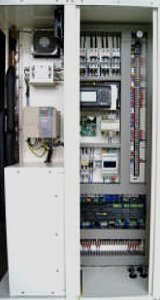
5 Eco-Sun’s Power Control Electronics direct the precise amount of solar power needed to run the Eco-Sunsystem at the specific speed and capacity required to meet the building’s load. Back-Up power from the AC Grid and all other sources of power are also controlled by the Eco-Sun PCE. Back-Up power can come from a variety of sources including DC power storage, DC micro-grid and other distributed generation or renewable energy sources such as wind turbines, micro-hydro generators, combined heat and power systems, or fuel cells. 6 The Remote Performance Monitoring System (RPMS) is linked to the Eco-Sun PCE and Eco-Sun system to measure and monitor all electricity generated by the solar power system and the total performance of the HVAC system. The RPMS tracks weather and solar energy collection and generates reports that link weather conditions to indoor comfort conditions. The system also provides fault diagnostics, sends maintenance alerts. |
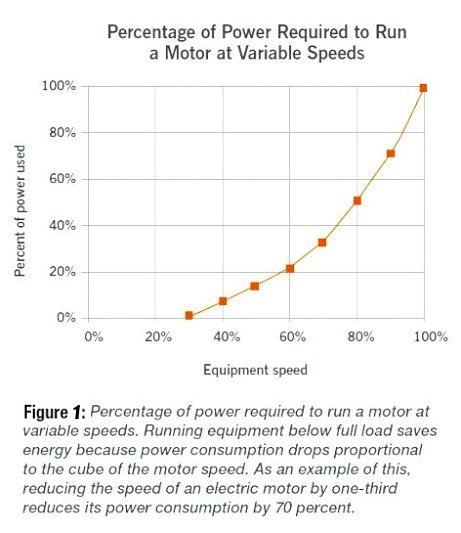
|
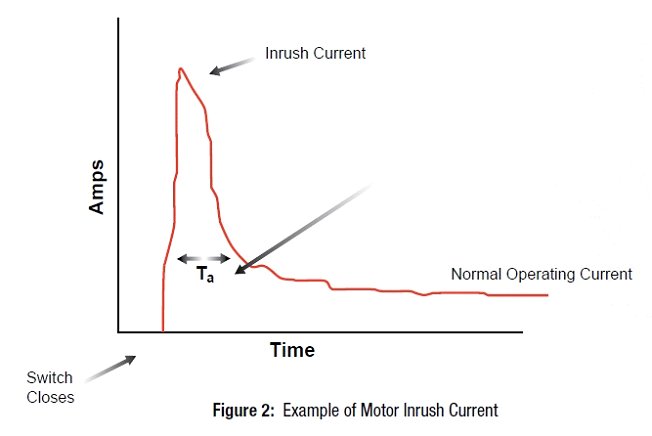
|
| Eco-Sun HVAC Systems - Specifications |